Measuring expression
To examine protein interactions inside brain cells, scientists typically zero in on one gene at a time. A new method described in today’s Nature simultaneously measures expression of the whole genome.
Autism’s core symptoms accompany a constellation of subtle signs that scientists are just beginning to unmask.
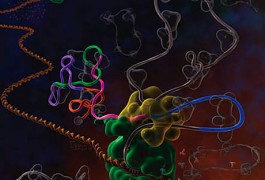
To examine protein interactions inside brain cells, scientists typically zero in on one gene at a time. A new method described in today’s Nature simultaneously measures expression of the whole genome.
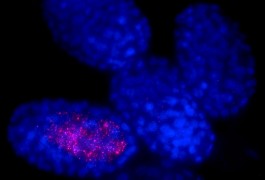
Random changes in gene expression can cause genetically identical embryos to develop different traits, according to a study of worms published in Nature. The findings suggest that haphazard movements of molecules could partly explain why autism-associated mutations don’t always cause the same symptoms.
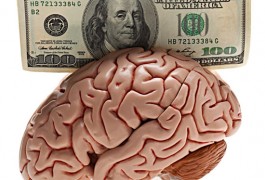
Writing in Science, leading scientists call for a 10-year, $2 billion international scheme that would combine the latest in genetics and animal research to combat psychiatric diseases.
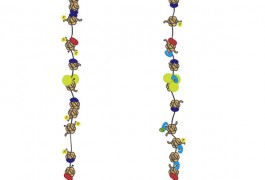
The protein that is mutated in Rett syndrome controls the expression of other genes by changing the way DNA packs into a cell, rather than turning genes on or off, according to a study published in Molecular Cell.

At 6 months of age, babies who will later develop autism begin to lose some of their social skills and continue to regress until age 3, according to a study published in the Journal of the American Academy of Child & Adolescent Psychiatry.

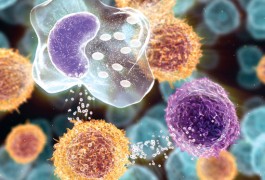
Scientists have identified distinct blood signatures of cytokines — proteins that control communication between cells of the immune system — in individuals with fragile X syndrome and autism.
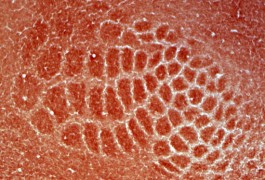
Young mouse models of fragile X syndrome show a significant lag in the development of synapses, the connections between neurons, according to a study published in Neuron. The findings suggest that a similar mistiming may be responsible for the sensory problems — such as hypersensitivity to touch and sound — sometimes seen in people with fragile X syndrome.
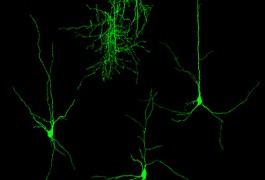
There are several short periods during development in which our brains are ‘plastic’ — meaning that neuronal connections appear and disappear depending on how much they are used. Researchers may have found a way to reopen those learning windows.